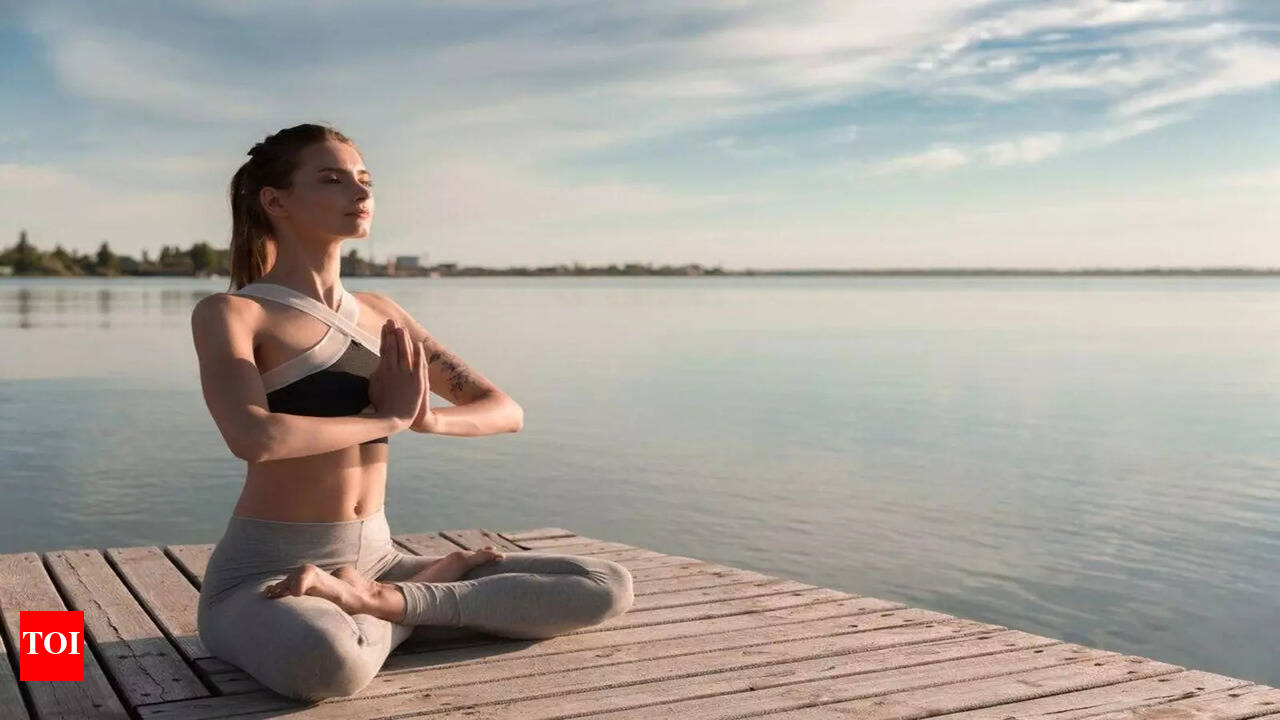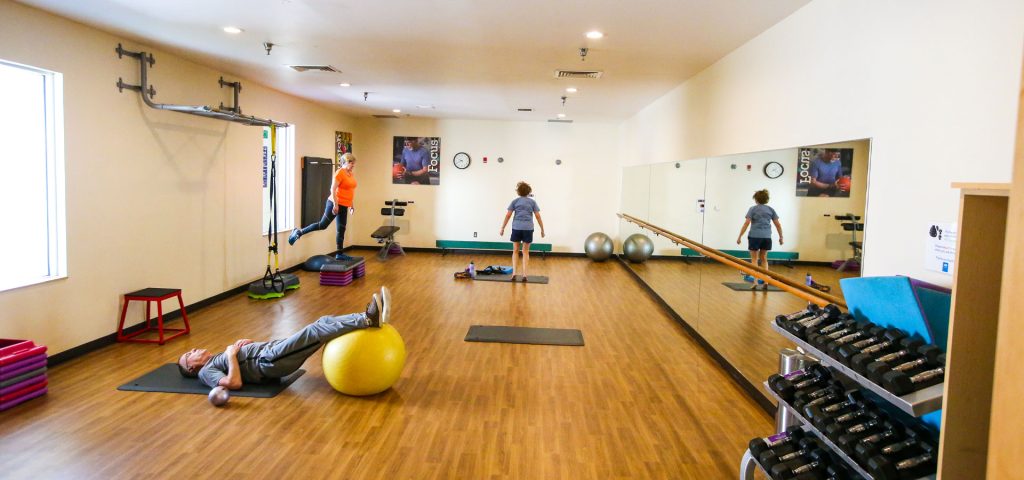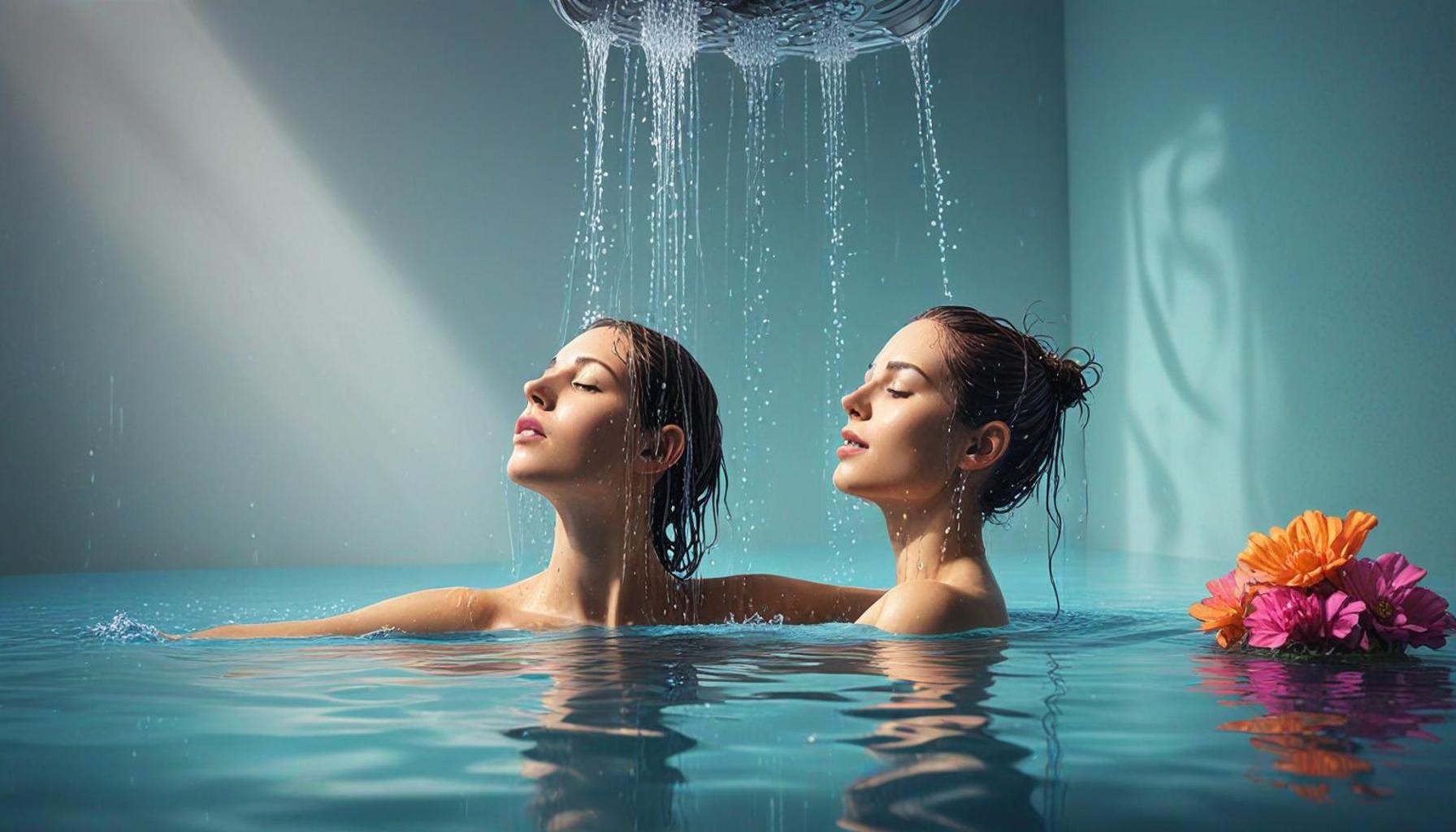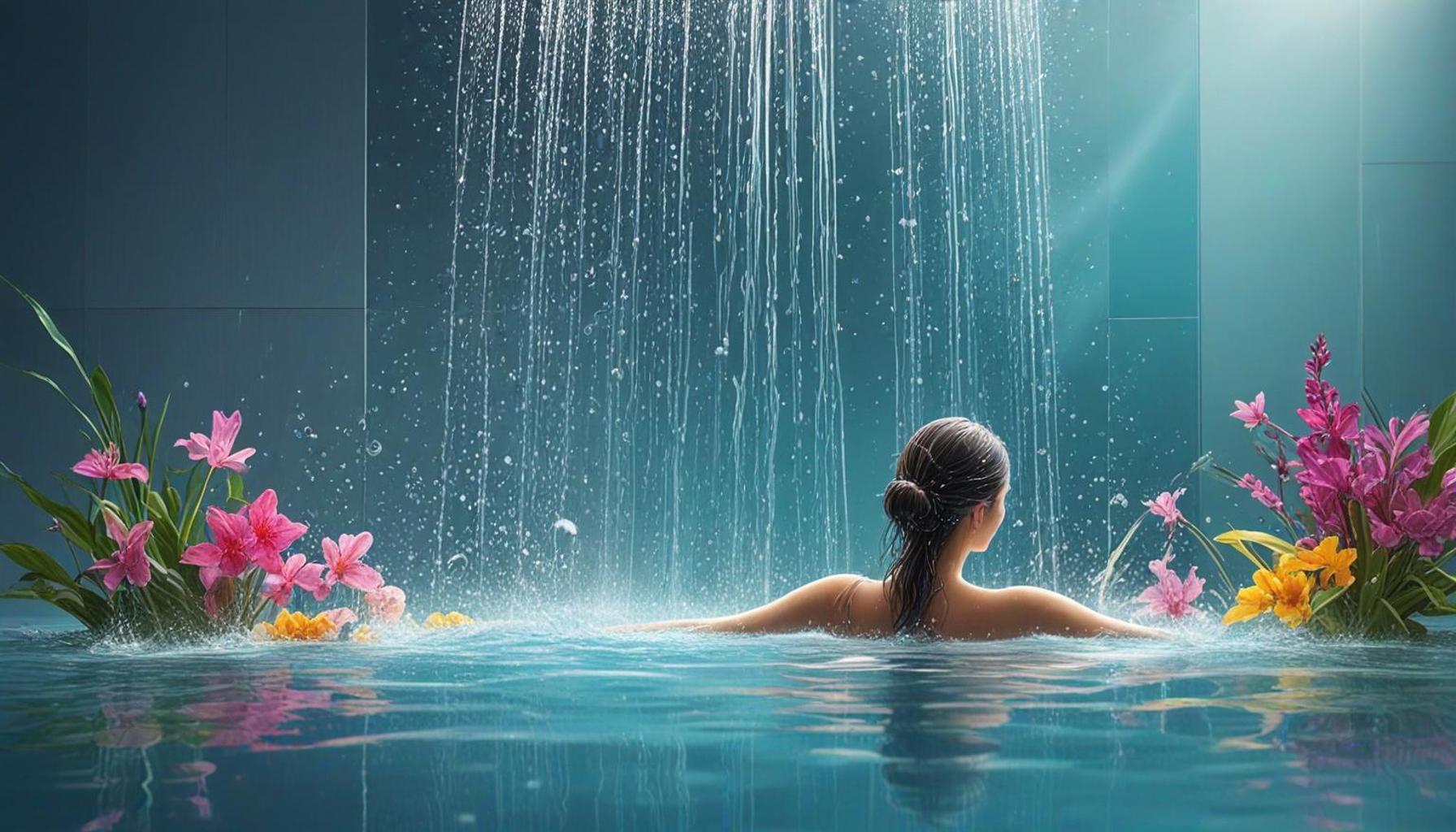Water Paths: Incorporating Fluid Movements in Bath Meditation with Water Therapy

The Therapeutic Essence of Water
Water has always been intertwined with life, serving as a natural source of healing and rejuvenation. Across the globe, the rising awareness of its *therapeutic benefits* is making water therapy increasingly sought-after. In Nigeria, a country rich with traditional healing practices that harmonize with nature, water therapy represents an opportunity to enhance our wellness journey.
Imagine submerging yourself in warm, tranquil water, feeling the gentle embrace of liquid serenity as you meditate. This sensation can significantly enhance your mindfulness practices, leading to a notable increase in your overall well-being. Here are some key aspects that illustrate the transformative potential of water therapy:
- Fluid Movements: These are physical techniques that encourage the flow and circulation of energy within the body. For instance, movements such as gentle waves or stretching while submerged can foster relaxation and alleviate muscle tension. Such practices can be integrated into local ceremonies or personal routines.
- Bath Meditation: This technique blends mindfulness with the calming properties of water. By focusing on breathing and the sensations created by the water against the skin, practitioners can achieve a heightened state of awareness. Imagine taking time out of your busy day to unwind in a soothing bath infused with local herbs like moringa or lemongrass, known for their relaxing properties.
- Cultural Relevance: In various Nigerian communities, traditional healing rituals often incorporate water as a vital instrument. These practices, ranging from river bathing to using natural springs, hold deep cultural significance. The Yoruba, for example, have historically revered water as a source of purification and renewal, often intertwining it with spiritual rituals.
Grasping how these elements interact is essential to enhancing your wellness routine. The concept of *water paths*—the journey of water through different forms and its symbolic representation of life—can offer profound insights into achieving inner peace and balance through water therapy. For instance, in urban settings where the hustle and bustle can be overwhelming, creating a small home oasis with a water feature can facilitate daily retreats into tranquility.
As we further explore the numerous benefits, varied techniques, and personal accounts, we realize that engaging with water therapy can significantly influence our emotional and physical landscapes. This exploration invites you to not only appreciate but also embody the healing qualities of water, embracing its role as a conduit for mental clarity, physical wellness, and spiritual enrichment.
YOU MAY ALSO LIKE: Read read another article

Embracing Fluid Movements in Water Therapy
The concept of fluid movements plays a pivotal role in the practice of water therapy, particularly in the context of bath meditation. As water symbolizes adaptability and flow, so too does the incorporation of gentle movements enhance the therapeutic experience. Engaging in these fluid movements while immersed in water can lead to profound changes in how tension is released within the body.
One can draw inspiration from traditional Nigerian dance movements, which emphasize rhythm, flow, and the natural connections to the earth and water. For instance, consider the concept of the Osun-Osogbo festival, where river ceremonial rituals involve elegant movements that mimic the fluidity of water. These practices not only celebrate the life-giving force of water but also serve as a reminder of the interconnectedness between mind, body, and nature.
When practicing bath meditation, fluid movements can vary in form and intensity. Here are some simple techniques to integrate into your water therapy routine:
- Gentle Arm Waves: Extend your arms gracefully through the water, allowing them to mimic the motion of waves. This movement helps ground you and creates a sense of rhythm as you breathe deeply.
- Leg Swings: While sitting in a warm bath, let your legs gently sway side to side or up and down. This can improve circulation and promote relaxation within the lower body.
- Torso Twists: While floating or reclining, lightly twist your torso to the left and right. This movement can help relieve tension in your spine and create a connection to the soothing water.
These movements, when combined with the healing properties of water, allow practitioners to not only focus on relaxation but also engage actively with their bodies. They create space for mindful breathing, promoting a deeper state of meditation that can transcend the physical experience, leading to enhanced emotional clarity.
Utilizing local herbs, such as nourishing shea butter or bathing with healing lemon grass, further amplifies this exposure to nature’s bounty. The scents and textures from these elements can benefit both your mind and body, providing a sensory experience that aligns with the therapeutic effects of water. Imagine creating an oasis in your own home—a serene space that offers you solace from the daily stress of life.
Understanding these movements can lead individuals to explore their own emotional landscapes, enabling a deeper connection to wellness practices rooted in cultural traditions. Whether participating in community rituals or establishing private water therapy routines, the path to healing through water is unique, yet universally applicable.
As we delve further into the world of water therapy and bath meditation, the intersection of fluid movements and mindfulness may reveal new dimensions of personal growth and healing that resonate with Nigeria’s rich heritage of water worship and reverence.
| Benefits of Water Therapy | Features of Fluid Movements |
|---|---|
| Enhanced Relaxation | Gentle waves mimic natural movements, promoting a state of tranquility. |
| Stress Reduction | Fluid movements help in releasing tension held within the body. |
| Improved Circulation | Fluid dynamics can stimulate blood flow and circulation throughout the body. |
When considering the integration of water therapy into your meditation routine, understanding the advantages of fluid movements is crucial. These natural flows not only create a serene environment but also enhance emotional well-being. Through techniques such as gentle swirling or rhythmic shifting, practitioners can resonate with the essence of water, allowing for a deeper meditative experience. The art of bath meditation using water therapy can lead to a profound sense of peace, as one learns to flow with the energies around and within.Moreover, consistent engagement with water therapy can yield significant physical benefits. For instance, the gentle motion can alleviate stress and enhance relaxation, a practice essential in our fast-paced lives. Additionally, the warming effects of warm water promote comfort and healing, supporting mental clarity and emotional stability.As individuals explore water paths, they often discover new connections to their inner selves and the world around them, making this an art form worth investigating.
ADDITIONAL INSIGHTS: Expand your understanding here
The Healing Impact of Water and Movement on the Mind and Body
As we explore the therapeutic benefits of incorporating fluid movements into bath meditation with water therapy, it is essential to recognize the interplay of both water and movement in promoting holistic healing. Water, often referred to as the elixir of life, facilitates physical and psychological rejuvenation. Studies have shown that immersing oneself in warm water can decrease cortisol levels, thus effectively alleviating stress and fostering relaxation. Combined with intentional movements, this practice can catalyze greater awareness and bodily connection.
In Nigeria, water holds significant cultural and spiritual importance. Communities often gather by rivers or lakes for celebrations and healing rituals, reinforcing the relationship between water, nature, and well-being. This connection serves as an ideal foundation for integrating fluid movements into personal water therapy practices. Additionally, elements of traditional African healing often emphasize the need for balance within the body, making the practice particularly relevant.
To elevate your bath meditation experience, it is beneficial to explore visualization techniques paired with your movements. For instance, while performing gentle arm waves, visualize the gentle undulation of a river. Envision the way the water flows and swirls, allowing your body to synchronize with this image. This connection can enhance mindfulness, bringing awareness to your breath and the sensations in your body.
- Water Resistance Movements: Utilizing the natural resistance of water can strengthen muscles while enhancing flexibility. Simple exercises like arm circles or leg stretches can engage various muscle groups, aiding in relaxation and relieving tension.
- Mindful Rafting: If you have access to a swimming pool or large bathtub, try floating on your back with your arms and legs splayed out. Allow the gentle currents to guide your body, letting go of any lingering stress. This encourages surrender—a crucial element for effective meditation.
- Breath Synchronization: Coordinate your movements with your breath. For instance, as you extend your arms during a gentle wave, inhale deeply, and as you lower them, exhale slowly. This practice amplifies relaxation, nurturing a deeper mind-body connection.
It’s worth noting that the benefits of fluid movements extend beyond mere physical relief. Engaging actively with water during meditation fosters emotional healing. Just as the rivers in Nigeria ebb and flow in cycles, so too can our emotions be acknowledged and processed. Incorporating movements that express your feelings through water can facilitate a release, leading to emotional balance and clarity.
Furthermore, the addition of natural elements such as aromatherapy oils or herbal infusions can enhance the sensory aspect of your bath meditation. Consider infusing your bath with calming scents like eucalyptus or lavender. These aromas combined with your fluid movements can create a cocoon of tranquility, amplifying the overall meditative experience.
As one embraces the path of incorporating fluid movements into bath meditation with water therapy, the exploration of this practice becomes an invitation to deepen not only physical health but mental and emotional well-being as well. By tapping into the rich traditions of communal water practices while embracing individual exploration, practitioners can discover pathways to renewal and harmony.
RECOMMENDED: Check out this similar article
Conclusion: Embracing Water’s Healing Journey
Incorporating fluid movements in bath meditation with water therapy is a transformative practice that bridges ancient traditions with modern wellness techniques. As we have delved into the therapeutic advantages of water’s soothing embrace combined with purposeful movement, it is clear that this holistic approach nurtures both mind and body. From enhancing flexibility to fostering emotional release, these practices align closely with the cultural significance of water in Nigeria, creating a profound connection that transcends mere relaxation.
Furthermore, by integrating elements such as aromatherapy and visualization techniques, bath meditation becomes an enriched sensory experience that invites deeper introspection. The flowing movement of water can symbolize the rhythm of life itself, reminding practitioners of their innate ability to adapt and heal. This aspect is particularly poignant in the context of Nigeria’s rich heritage, where water embodies communal spirit and cultural rituals, reinforcing the powerful link between nature and personal well-being.
As you embark on your journey of exploring water paths, consider how each movement and breath intertwines with the fluidity of water. Embrace the invitation to surrender to its currents, allowing your worries to wash away. Cultivating this mindful practice not only enriches your personal wellness journey but also honors the timeless traditions that bind us to one another and our environment. With each gentle wave, may you discover new depths of healing, harmony, and connection.


